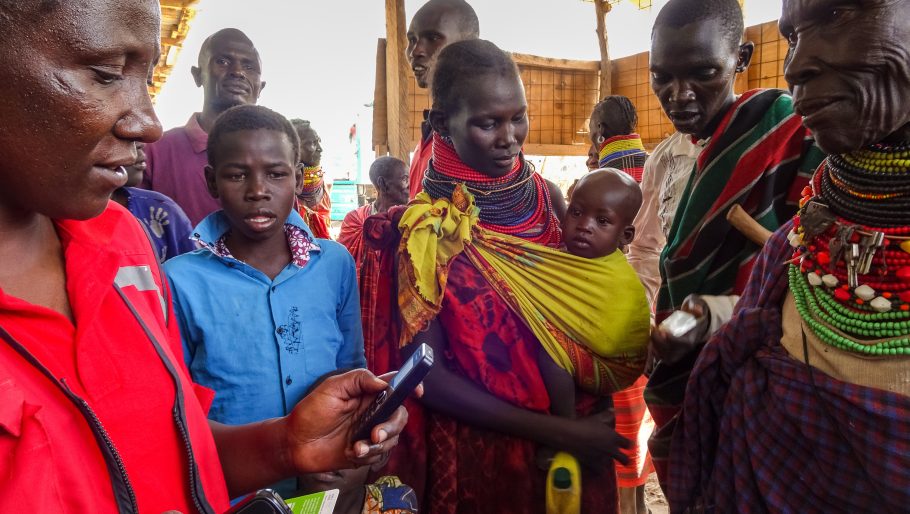Community based targeting: The ‘best-worst’ thing for limited humanitarian resources?
A recent blog by Development Pathways argued that Community Based Targeting (CBT) posed a risk to social stability. Whilst acknowledging the risks, the article below asserts that transitioning from CBT is not immediately possible, and in that light, provides a checklist and additional resources for implementing CBT in a responsible and effective manner.

Poverty targeting i.e., trying to identify the most vulnerable, has been used for centuries in instances where the humanitarian need is greater than the available resources. The idea that poverty should be and can be defined, and that the limited resources need to be shared with the most vulnerable people has been a persistent theme
One form of poverty targeting, Community Based Targeting (CBT) is used by a large number of humanitarian Cash and Voucher (CVA) programs around the world, particularly in Africa, compared to the Middle East, where survey-based approaches are preferred. With CBT, government or aid organisations work with communities to select recipients for cash or in-kind transfers.
With the understanding that poverty is complex and dynamic, there has been a growing consensus to move away from poverty targeting, particularly from social protection actors, towards a categorical approach, as argued in Development Pathway’s recent blog. Categorical targeting is based on the selection of individuals belonging to a certain category of people that do not require the collection of a large amount of data. Categories may be based on age, gender, or disability status.
Some institutions for example, like the Somali Cash Consortium are combining approaches, moving away from a humanitarian CBT approach and instead blending a shock responsive and categorically targeted social protection approach. This integrated model has enabled the Consortium to deliver both humanitarian and social protection outcomes.
While the consensus grows, it remains a fact that CBT is widely used and understood by communities and implementors around the world, and an immediate move to alternative resource allocations is not possible.
Further reading around best practice in CBT
Below we have compiled a list of best practice and sources that highlight ways in which CBT can be implemented whilst reducing the harms highlighted by Development Pathways and others:
- Ensuring the right members of the community are involved in the targeting process [ODI, 2017]. This includes having a gender balance, and members of minority/excluded community groups and, where appropriate, host and IDP communities
- Allowing community members to choose the targeting approach they experience can be powerful as it can help align the programme with the community members’ own concepts of poverty [Poverty Action Lab, June 2021]
- Undertaking robust geographical targeting before proceeding with CBT has been shown to reduce exclusion errors [IPC, 2017]
- Engaging community members and ensuring their perceptions on the targeting approaches are considered and reflects in future rounds [ODI, 2017]
- Refraining from posting public lists as a means to potentially identify incorrectly included individuals as has been done in many contexts for decades, but is an invasion on people’s right to privacy
There remains an undeniable and unresolved issue that CBT was designed for isolated rural communities. With the near ubiquitous urbanisation across the world, CBT approaches become less effective and impossible in an increasing number of cases.
Over the coming months, CALP will be producing a series of outputs to explore alternative targeting approaches, so watch this space. Also, please comment if you’d like to add any ideas around mitigating CBT-linked risks.
Main image: Following KRCS beneficiary, Joyce Eldoret, receiving her 3,000 KES cash grant during cash transfer program (CTP) as part of the drought response, through mobile money with MPesa. Lokori,Turkana county, Kenya. 2021
Credit: Pierre Grandidier, IFRC.


